 White Fragility: Why It’s So Hard for White People to Talk About Racism by Robin DiAngelo, Michael Eric Dyson
White Fragility: Why It’s So Hard for White People to Talk About Racism by Robin DiAngelo, Michael Eric Dyson Published by Beacon Press on June 26, 2018
Genres: Nonfiction
Pages: 169
Format: Paperback
Buy on Amazon
Goodreads

Groundbreaking book exploring the counterproductive reactions white people have when discussing racism that serve to protect their positions and maintain racial inequality
Referring to the defensive moves that white people make when challenged racially, white fragility is characterized by emotions such as anger, fear, and guilt and by behaviors including argumentation and silence. These behaviors, in turn, function to reinstate white racial equilibrium and prevent any meaningful cross-racial dialogue. In this in-depth exploration, anti-racist educator Robin DiAngelo examines how white fragility develops, how it protects racial inequality, and what can be done to engage more constructively.
I have been meaning to read Robin DiAngelo’s book White Fragility: Why It’s So Hard for White People to Talk About Racism for a while. It’s one of those books that so many people have been talking about, and it really does explain why white people, in general, react to discussions of race, and in particular, why I have reacted in the ways that I have. DiAngelo makes it clear that our culture, our society, is racist. It’s impossible to escape racism. Since that is the case, what do we do when racism perpetrates harm? How can we respond, acknowledge the wrong done and apologize, and work to repair the relationships we have harmed? Furthermore, she clarifies that understanding our socialization and how it frames our responses is a lifelong pursuit. Her open acknowledgment of the ways in which she still trips up after doing this work is refreshing.
I can’t say I really disagreed with much of what DiAngelo argues. I have seen it many times. Unfortunately, I’ve also perpetrated some white fragility in my time as well. I didn’t have the tools to name it or even realize what I was doing, but my lack of education doesn’t mean the damage wasn’t done. I think I understand why many people of color have given up on talking about race, but I recently came upon a quote from bell hooks that I love:
[T]o successfully do the work of unlearning domination, a democratic educator has to cultivate a spirit of hopefulness about the capacity of individuals to change.
bell hooks, Teaching Community: A Pedagogy of Hope, p. 73
I really hope that I can engender the kind of trust that hooks describes here. I would hope to be the kind of person that has the capacity to change. Actually, hooks’s words inspired me to look at others more hopefully and positively. I can be accused of being too optimistic, but what’s the alternative?
This book is a challenging read in that if you are white, you will find yourself described in hard terms, and some reflection and self-reconciliation are necessary. I imagine it would be hard for people of color to read as well because it’s probably the kind of thing they encounter regularly… daily, even. But if racism is something you really want to understand and work on, it’s a great book with practical applications. I’m glad I read it.
I’m also glad I kept it a couple of days past my library’s due date so I could finish it. Finding time to read lately has been extremely hard. But I do need to turn it in already.
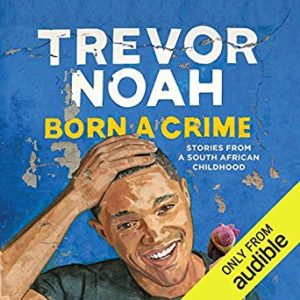 Born A Crime: Stories from a South African Childhood by
Born A Crime: Stories from a South African Childhood by 
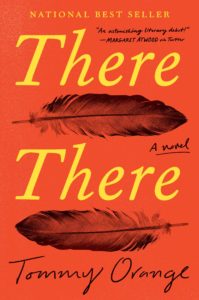
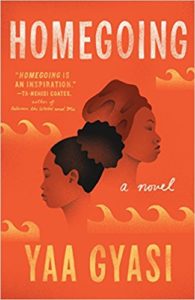
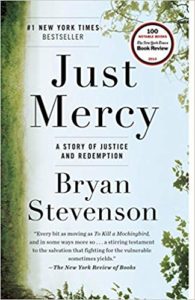
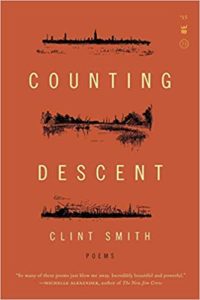
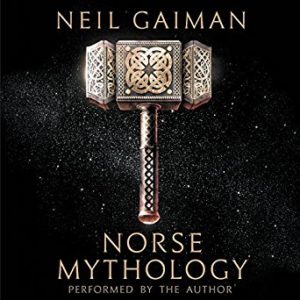

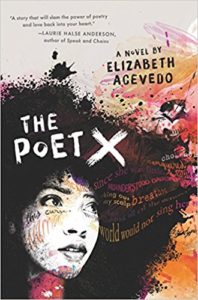
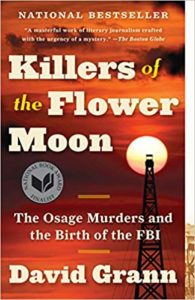 Killers of the Flower Moon: The Osage Murders and the Birth of the FBI by
Killers of the Flower Moon: The Osage Murders and the Birth of the FBI by 
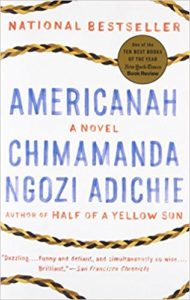 Americanah by
Americanah by 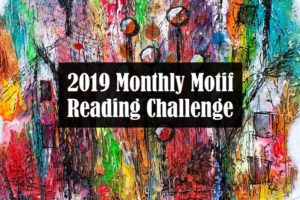
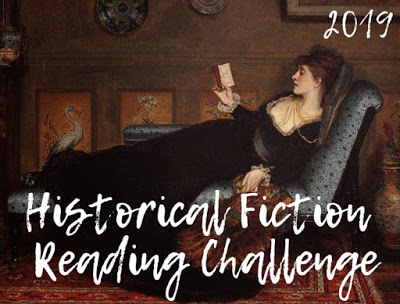
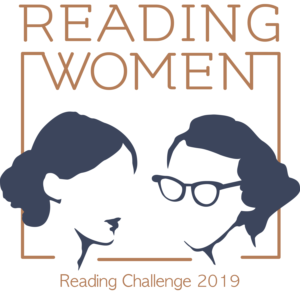







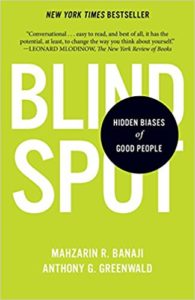 Blindspot: Hidden Biases of Good People by
Blindspot: Hidden Biases of Good People by 
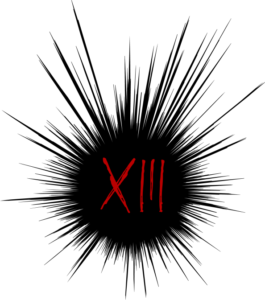 It’s that time of year again. Time for the R. I. P. Challenge! This is my favorite reading challenge for many reasons. There is a real sense of community and fun surrounding this challenge, and it’s also perfectly suited to the time of year.
It’s that time of year again. Time for the R. I. P. Challenge! This is my favorite reading challenge for many reasons. There is a real sense of community and fun surrounding this challenge, and it’s also perfectly suited to the time of year.